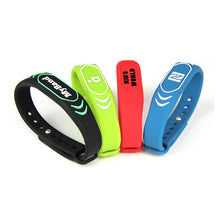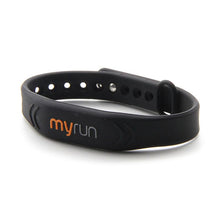Bestseller
-


PVC keychain
Regular price From 2.50 CHFSale price From 2.50 CHF Regular priceUnit price per -


NFC sticker (printed)
Regular price From 2.30 CHFSale price From 2.30 CHF Regular priceUnit price per -


Keychain (A03) (Copy with Variants)
Regular price From 2.30 CHFSale price From 2.30 CHF Regular priceUnit price per -


Silicone bracelet (A01)
Regular price From 3.30 CHFSale price From 3.30 CHF Regular priceUnit price per
Discover our Product Variety
RFID Products by Industry
Why RFID Products?
-
About
512k Products Sold
-
Over
98% Positive Reviews
-
Over
20 Years of Experience




































